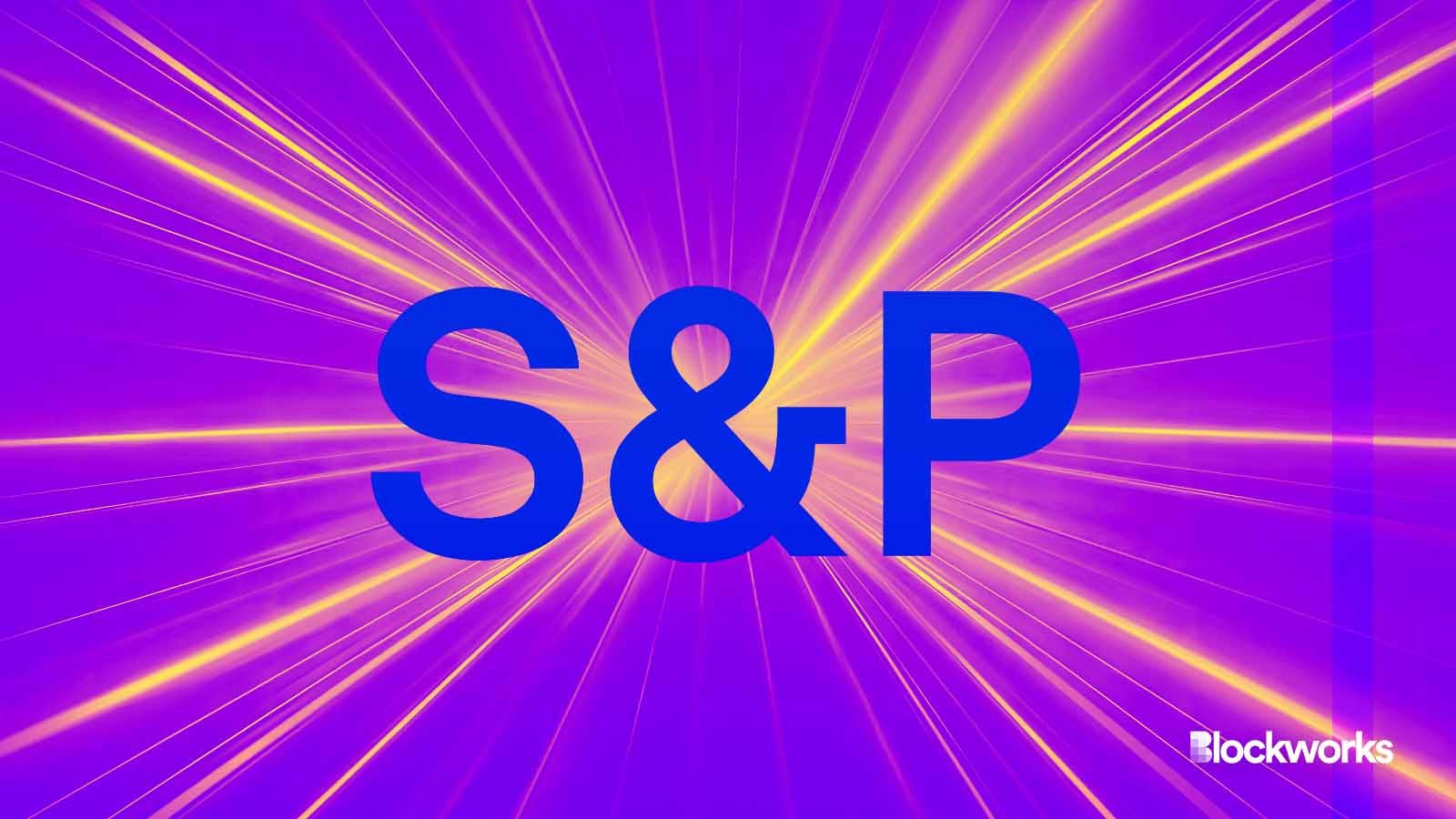Tether receives ‘constrained’ assessment from S&P Global
Four of the eight stablecoins initially assessed were knocked back by “negative adjustments,” S&P told Blockworks

S&P and Adobe modified by Blockworks
The S&P Global Ratings unveiled its stablecoin stability assessment on Tuesday.
The launch looked at Dai (DAI), First Digital USD (FDUSD), Tether (USDT), Frax (FRAX), TrueUSD (TUSD) and USD Coin (USDC).
In order to assess the stablecoins, analysts primarily looked at the “quality of the assets backing the stablecoin.” Overall quality is measured by the custody risks, credit and market value.
Read more: Tether is ‘unfairly maligned,’ but will eventually fail, says Nic Carter
Regulation, governance, supervision, liquidity, redeemability and technology are also measured, and “contributed to those stablecoins with lower assessments,” S&P said in a press release.
USDC, USDP and GUSD top the list, all receiving strong assessments. USDT, DAI and FDUSD were middle of the road or “constrained,” with evaluations that put them towards the weaker end.
On the other hand, FRAX and TUSD are weak.
None of the stablecoins listed in the first assessment received a “very strong” evaluation, which is the highest grade.
S&P Global Ratings senior director Mohamed Damak told Blockworks that “out of the 8 stablecoins that we assessed, four were subject to a negative adjustment.”
The assessments are just that, Damak emphasized, they are not ratings of the stablecoins.
Read more: Circle’s liquidity coverage is about double US banks, chief economist says
“The consistent feedback was that the market has no transparency or insight into the inherent risks of the different stablecoins. Although the market is concentrated, as the DeFi ecosystem grows, we foresee a rising universe of coins and use cases,” Damak said.
Since the approach is applicable to many stablecoins — not just the above eight — S&P may expand its assessment in the future.
Outside of stablecoins, S&P is watching the digital assets sector with an eye on “operational and legal risk, blockchain oracle risk, crypto regulation and digital bonds.”
Get the news in your inbox. Explore Blockworks newsletters:
- The Breakdown: Decoding crypto and the markets. Daily.
- 0xResearch: Alpha in your inbox. Think like an analyst.






